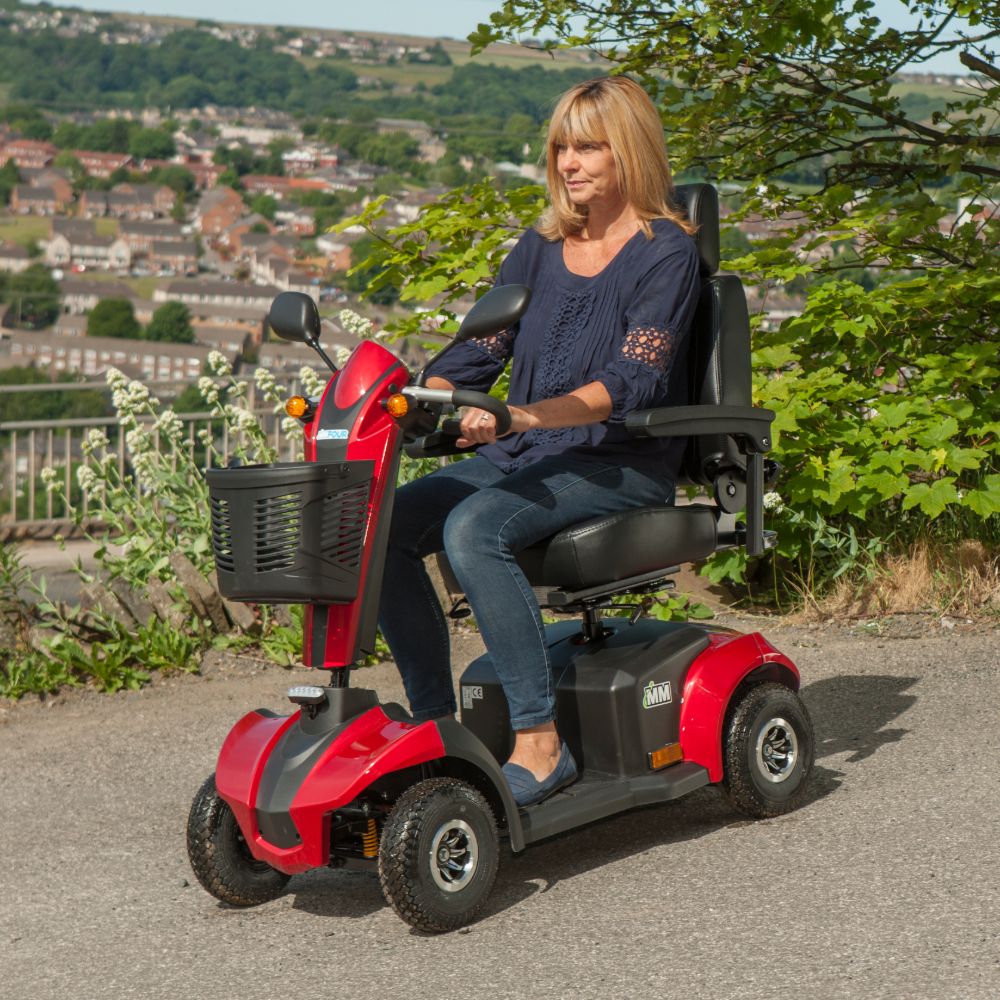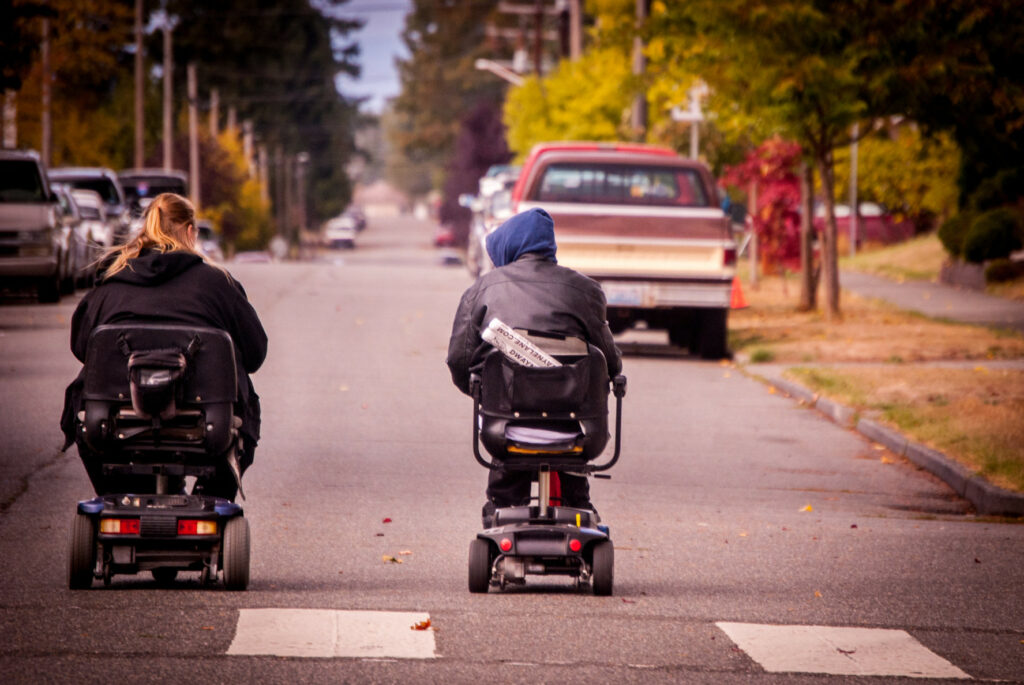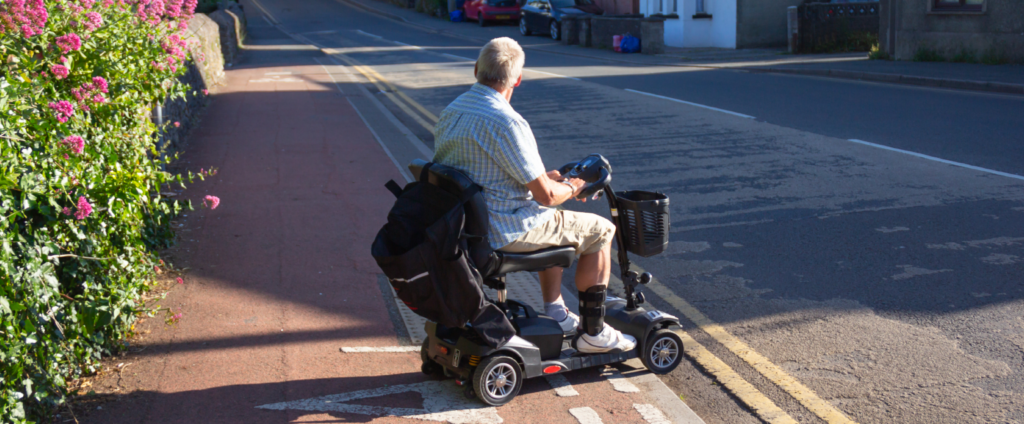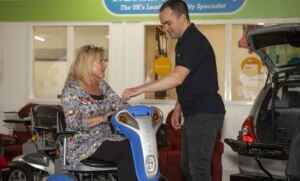
Guides, tips, insights and more
Here is where we share tips, industry insights, and anything we find interesting or helpful to our customers. If you’ve ever thought “Oh, I wish I’d known that years ago!” then here’s a range of articles that suit you.
Have a read or get in touch to learn from one of our experts.

About mobility scootersMobility rules and regulations

About mobility scootersMobility and travelMobility rules and regulations

About mobility scootersMobility and travelMobility rules and regulations

About mobility scootersMobility rules and regulations



